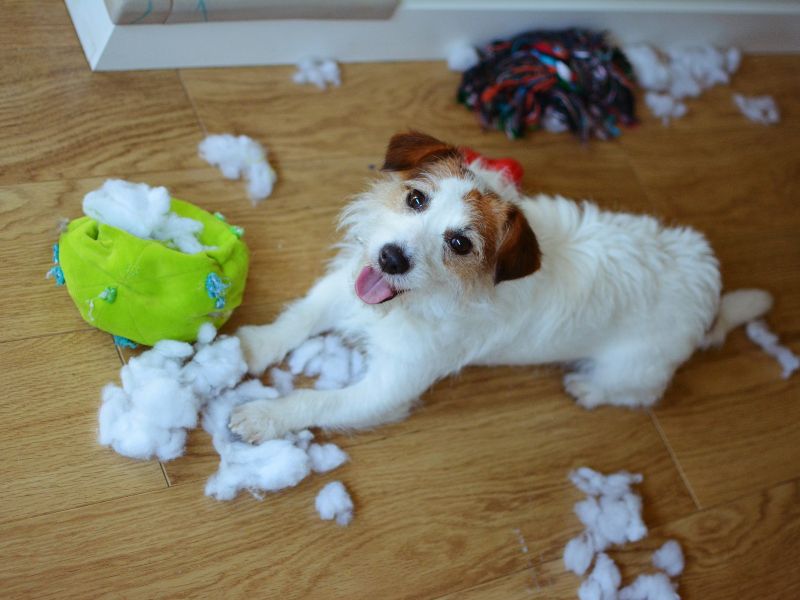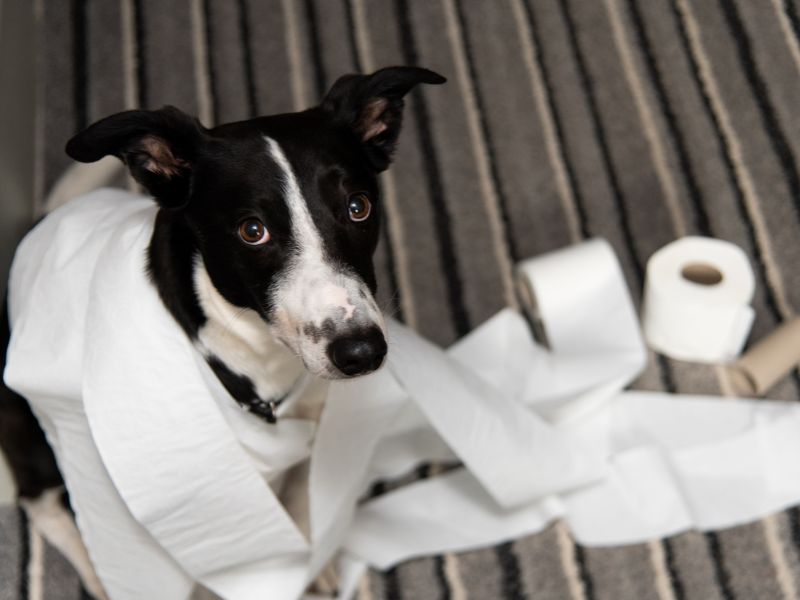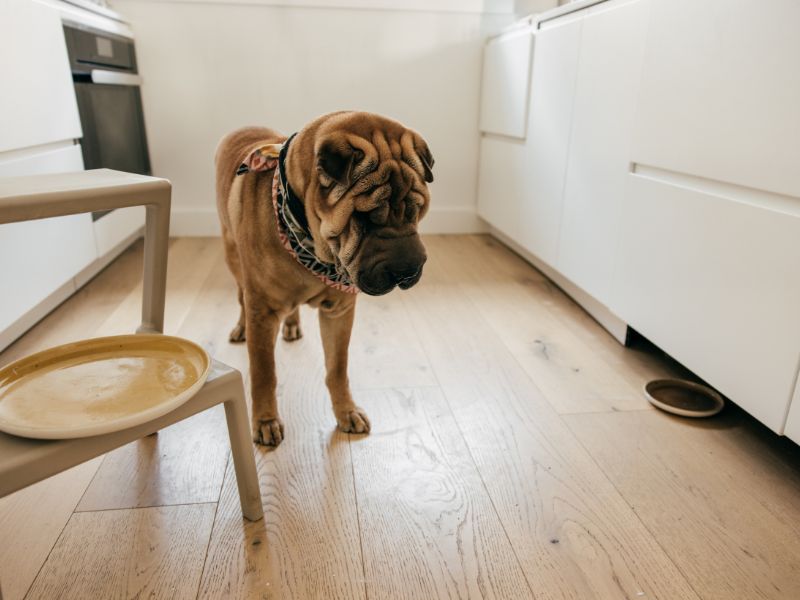If you have ever come home to find your furniture chewed up, your carpet soiled, or your dog barking incessantly, you might be dealing with a case of separation anxiety. Separation anxiety is a common problem for many dogs and their owners. It occurs when a dog becomes upset because of separation from their guardians, the people they are attached to⁴. It can cause a dog to become panicked, frightened, frustrated, and stressed when they are left alone or separated from their owner⁵.
Separation anxiety can have a big impact on your dog’s quality of life and your relationship with them. It can also lead to self-injury and household destruction, especially around exit points like windows and doors⁴. Fortunately, there are ways to prevent and treat separation anxiety in dogs. Here are some tips to help you and your dog cope better when you have to part ways.
Recognize the signs of separation anxiety
The first step to dealing with separation anxiety is to recognize the signs that your dog is suffering from it. Some signs are obvious, such as destroying furniture, howling, barking, whining, or having accidents in the house¹². Other signs are less obvious and may go unnoticed, such as trembling, panting, excessive salivation, self-injury, repetitive behavior, vomiting, or not eating when you are out²⁵.
One way to identify if your dog has separation anxiety is to monitor their behavior before and after you leave. You can also install a camera to watch them while you are away. If your dog shows signs of anxiety before you leave, such as following you around or clinging to you, or if they show signs of distress within a few minutes of you leaving, such as pacing, barking, or chewing², they may have separation anxiety.

Consult your vet
If you suspect that your dog has separation anxiety, it is important to consult your vet. They can rule out any underlying health issues that may cause or contribute to the problem². They can also prescribe medication or supplements that can help reduce your dog’s anxiety levels. However, medication alone is not enough to treat separation anxiety. You will also need to implement some behavioral changes and training techniques to help your dog feel more comfortable when left alone.
Provide mental stimulation and exercise
One of the reasons that dogs develop separation anxiety is because they are bored or lack mental stimulation when left alone². To prevent this, you should make sure that your dog has plenty of things to do when you are not with them. You can give them a long-lasting chew toy, such as a stuffed Kong toy, a meat-flavored chew, or a treat ball²³. You can also hide treats around the house for them to find or provide them with interactive toys that make noises or move.
Another way to keep your dog mentally stimulated and happy is to provide them with enough exercise. You should take your dog for a walk before you leave so that they have the opportunity to go to the toilet and burn off some energy³. A tired dog is more likely to relax and sleep when left alone than a restless one.
Minimize disturbances and triggers
Some dogs may bark or react to sights or sounds outside their window when left alone. This can increase their stress levels and make them more anxious. To minimize disturbances and triggers, you can close the curtains to reduce what your dog can see³. You can also leave them in a quiet room or leave the radio on to muffle outside noises³.
Some dogs may also associate certain cues with your departure, such as picking up your keys or putting on your shoes. These cues can trigger their anxiety before you even leave. To avoid this, you can desensitize your dog to these cues by performing them randomly throughout the day without leaving⁴. You can also vary your routine by leaving at different times or using different exits.

See Also: Understanding Dog Anxiety: Causes, Symptoms, and Treatment
And: Understanding Your Dog’s Weight: Signs and Solutions
Teach your dog to be alone
The most important thing you can do to help your dog overcome separation anxiety is to teach them that being alone is not scary or bad. You can do this by gradually increasing the amount of time that you leave them alone⁴. Start by leaving them for a few seconds and then returning. Praise and reward them for staying calm and quiet. Gradually increase the duration and frequency of your absences until your dog can tolerate being alone for longer periods.
You should always make your departures and returns low-key and avoid making a fuss over your dog. You should also avoid leaving them for longer than they can handle. If you have to leave them for more than four hours, you should consider getting a dog sitter or a dog walker to keep them company and take them for a walk.
Never punish your dog
If your dog does something undesirable while you are out, such as chewing or soiling, you should never punish them or show any signs of disapproval. This will only scare your dog and make them more anxious about what you will do when you return. Your dog will not understand why you are angry and will not associate your reaction with their behavior. Instead, they will associate your return with something negative, which will make their separation anxiety worse.
Remember that your dog is not acting out of spite or revenge. They are acting out of fear and distress. Punishing them will only make them more fearful and distressed.
Seek professional help
If your dog’s separation anxiety is severe or does not improve with the above tips, you may need to seek professional help. You can contact a certified dog trainer or a veterinary behaviorist who can assess your dog’s situation and provide you with a personalized treatment plan. They can also help you with any other behavior problems that your dog may have.
Separation anxiety in dogs is a common and treatable problem. With patience, consistency, and positive reinforcement, you can help your dog feel more secure and confident when left alone. By following these tips, you can improve your dog’s quality of life and your relationship with them.

